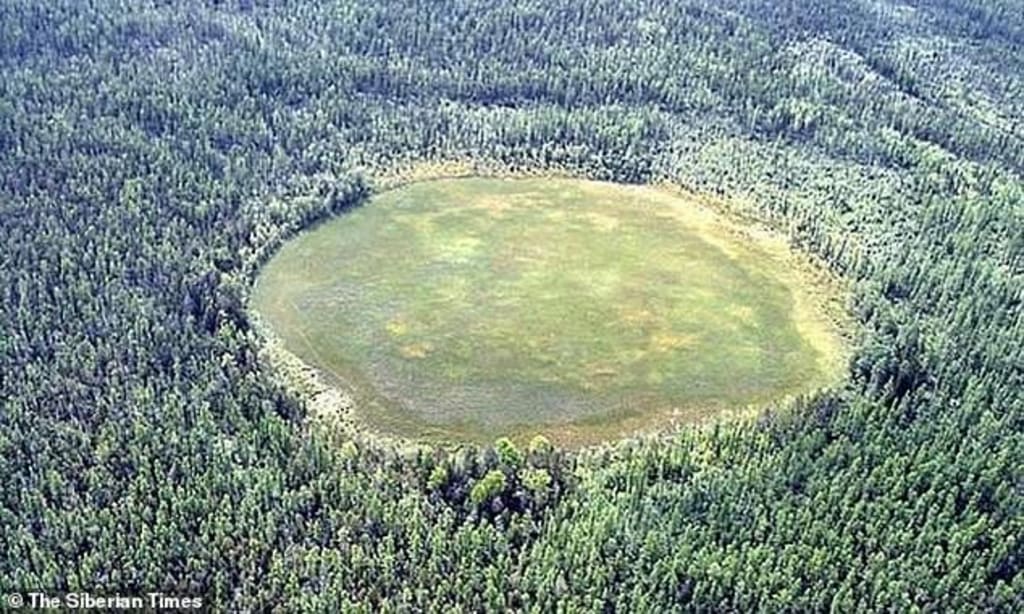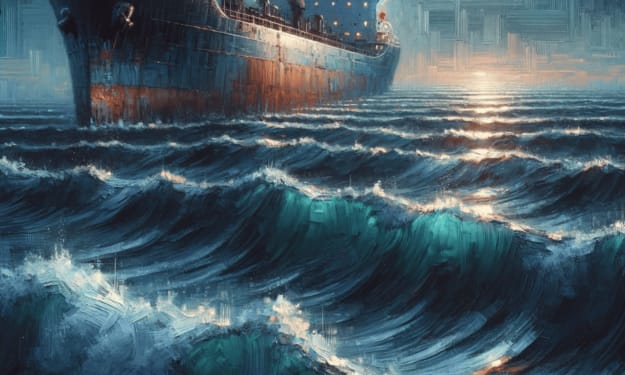The Tunguska Event: Earth's Brush With APOCALYPSE
Historical Mysteries

Introduction to the Tunguska Event
The Tunguska Event, a massive explosion that occurred on June 30, 1908, near the Tunguska River in Siberia, remains one of the most intriguing and debated incidents in modern history. This event, which flattened an estimated 2,000 square kilometers of forest, is believed to be the largest impact event on Earth in recorded history. Despite extensive research, the exact cause and nature of the explosion continue to be subjects of scientific investigation and speculation.
The Explosion and Its Immediate Effects
On that fateful morning, a powerful explosion in the remote Siberian wilderness was observed by locals and recorded by seismic instruments across the world. Witnesses described a bright blue light moving across the sky, followed by a flash and a sound similar to artillery fire. The explosion produced a shockwave that knocked people off their feet hundreds of kilometers away and shattered windows over a vast area.
Magnitude and Destruction: The explosion is estimated to have released energy equivalent to 10-15 megatons of TNT, about 1,000 times more powerful than the atomic bomb dropped on Hiroshima. The blast flattened millions of trees, and its effects were felt as far away as Europe and Central Asia.
No Impact Crater: Unlike typical meteorite impacts, the Tunguska Event did not leave a crater. This anomaly has puzzled scientists and fueled various hypotheses about the nature of the explosion.
Theories and Scientific Investigations
Over the years, numerous expeditions and studies have been conducted to uncover the cause of the Tunguska Event. The lack of an impact crater and the remote location have made direct evidence hard to come by, but several leading theories have emerged.
Airburst of a Meteoroid or Comet: The most widely accepted explanation is that the Tunguska Event was caused by the airburst of a meteoroid or comet fragment. As the object entered Earth's atmosphere, it would have heated rapidly due to friction, ultimately exploding at an altitude of 5-10 kilometers. This would explain the lack of an impact crater and the widespread devastation.
Antimatter or Black Hole Theories: Some more exotic theories have been proposed, including the idea that the explosion was caused by antimatter or a small black hole passing through Earth. These hypotheses, while intriguing, lack substantial evidence and are considered highly speculative.
Geophysical Hypotheses: Another set of theories suggests that the explosion could have been the result of natural geophysical processes, such as a massive release of natural gas from beneath the Earth's surface. However, these theories do not adequately explain the observed phenomena.
Legacy and Cultural Impact
The Tunguska Event has had a significant impact on both science and popular culture. It has inspired numerous books, documentaries, and even fictional works, becoming a symbol of the potential dangers posed by space objects.
Scientific Research: The Tunguska Event has spurred extensive research into impact events and their potential effects on Earth. It has highlighted the need for better monitoring of near-Earth objects (NEOs) and the development of strategies to mitigate potential future impacts.
Popular Culture: The mystery and scale of the Tunguska Event have captured the public's imagination, leading to its portrayal in various media, including movies, television shows, and literature. It has become a focal point for discussions about the fragility of human civilization in the face of cosmic threats.
Commemoration: In recognition of its significance, June 30 is now observed as International Asteroid Day, aimed at raising awareness about the threat of asteroid impacts and promoting global efforts to address this risk.
Conclusion
The Tunguska Event remains one of the most enigmatic and studied incidents in Earth's history. Despite over a century of research, its exact cause continues to elude scientists, fueling ongoing investigation and debate. Whether it was a meteoroid, comet, or some other extraordinary phenomenon, the Tunguska Event serves as a stark reminder of the potential dangers posed by celestial objects. It underscores the importance of continued vigilance and research in the field of planetary defense to better understand and mitigate the risks of similar events in the future.
About the Creator
Marveline Merab
“History never repeats itself. Man always does.”
― Voltaire
Enjoyed the story? Support the Creator.
Subscribe for free to receive all their stories in your feed. You could also pledge your support or give them a one-off tip, letting them know you appreciate their work.






Comments
There are no comments for this story
Be the first to respond and start the conversation.